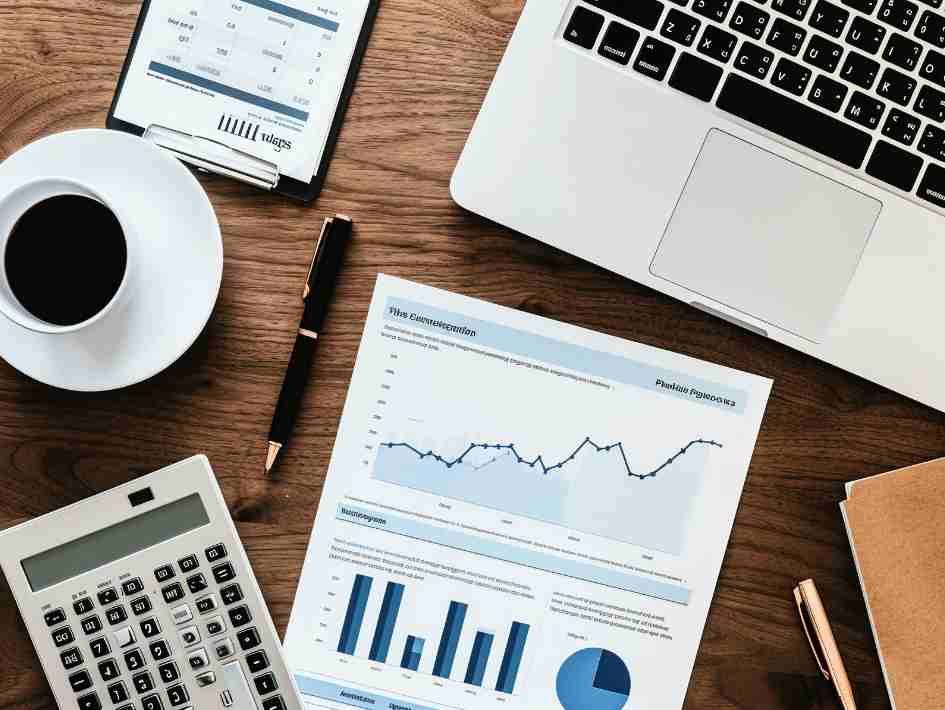Finance and Accounting
Accounting Term Cheat Sheet: Must-know Terms
2025-01-28
Every entrepreneur needs to understand fundamental accounting terms to handle their business financial operations and achieve business expansion. Business owners who understand accounting fundamentals can make smart choices while improving their cash flow which leads to better achievement of their business objectives.
To make it easier, we have compiled a cheat sheet of must-know accounting terms every entrepreneur should be familiar with:
Assets
Assets are everything a business owns that can provide future economic benefits. These can be tangible like equipment or vehicles patents or trademarks. By understanding your assets you can determine the worth of your business operations.
Liabilities
Liabilities are what your business owes. They include debts, loans, and any other financial obligations. A business needs to track accurate liability to determine its financial state and future debt obligations.
Equity
Equity represents the ownership interest in your business. It's the difference between what your business owns which is assets and what it owes which is liabilities. Equity is what‘s left after subtracting liabilities from assets. Entrepreneurs need to understand equity because it reveals their business value.
Revenue
Revenue, often called sales or income, is the total amount of money your business earns from activities. This includes income from the sale of products or services. Important to monitor revenue because it shows how much your business is making and whether it's growing.
Expenses
Expenses are the costs associated with running your business. These can be direct like the cost of goods sold or indirect like rent, utilities, or salaries. Keeping track of expenses is important to ensure that you are not spending more than you are earning.
Financial Statements
Financial statements are a set of reports, including the balance sheet, income statement, and statement of cash flows.
Profit
Profit is the money left over after subtracting your expenses from your revenue. It shows whether your business is making money or losing money.
There are two types of profit: gross profit and net profit.
Gross Profit: Revenue minus the cost of goods sold
Formula: Revenue – Cost of Goods Sold = Gross Profit
Net Profit: The actual profit after all expenses, including operating costs, taxes, and interests are deducted from revenue
Formula: Revenue – Total Expenses = Net Profit
Break-even Point
The break-even point is the point at which your total revenue equals your total expenses. At this point, your business is not making a profit but is not losing money either. Understanding your break-even point helps you set sales targets and determine when your business will start to make a profit.
Balance Sheet
A balance sheet is a snapshot of a company’s financial position at a specific date. It reflects the company’s assets, liabilities, and equity balances.
Tax
Businesses must pay taxes to the government which represents the required monetary amount. The government determines taxes through business profits or revenue or business classification. Taxes demand a thorough comprehension because they help you manage your cash flow and prevent penalties from underpaying taxes.
Accounting Cycle
The accounting cycle includes gathering information from source documents and deciding on the financial impact of a transaction. Next, you record the transaction using a journal entry, and the information is posted to the general ledger. Once all the transactions are posted, you generate a trial balance and use the data to produce financial statements.
General Ledger
Every financial transaction your business conducts gets recorded within its general ledger system. The general ledger includes all accounts needed to monitor assets and liabilities together with revenue expenses and equity. Through the general ledger, organisations can generate financial statements including the income statement and balance sheet.
Accounting terminology by entrepreneurs leads to better business management results. The ability to monitor revenue alongside expenses and cash flow, positions you to make better decisions, track business progress, and maintain financial stability. When you understand basic accounting terms you can handle your business finances effectively.







